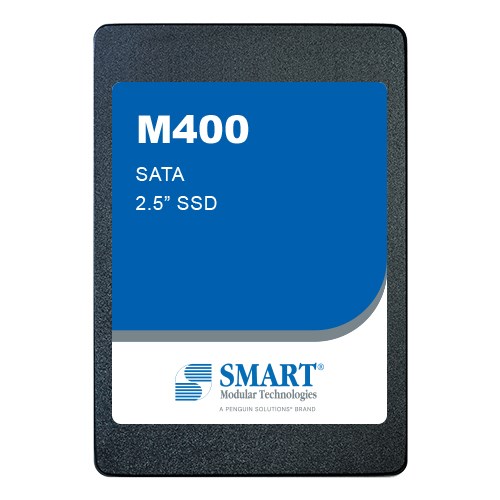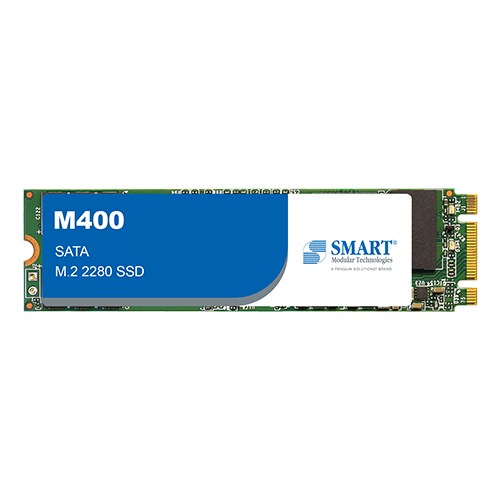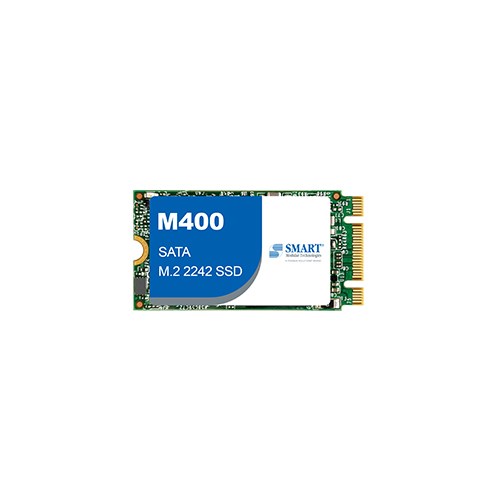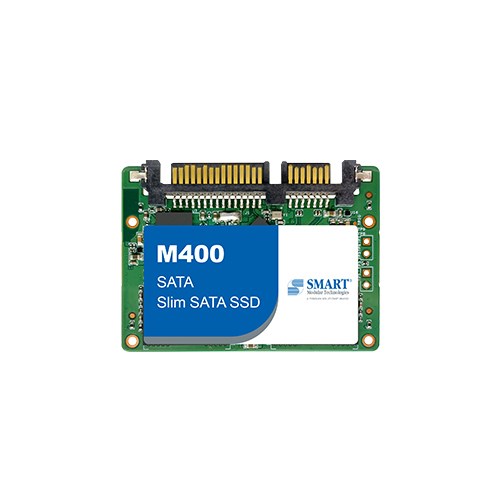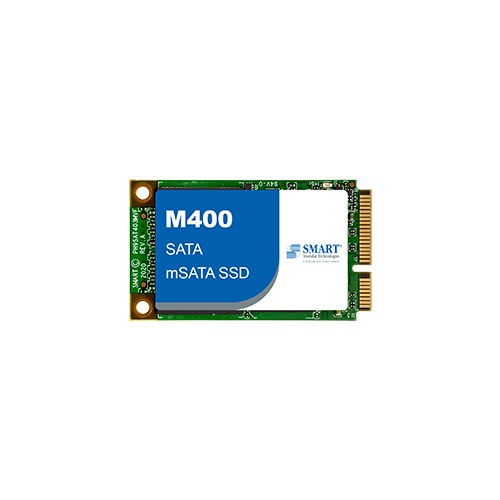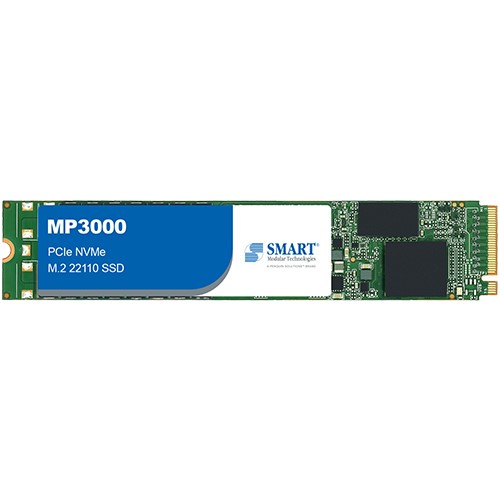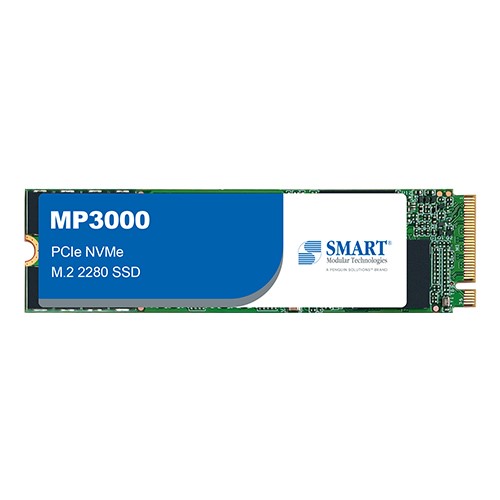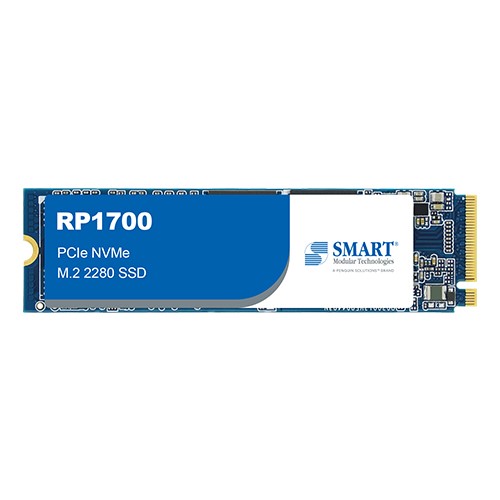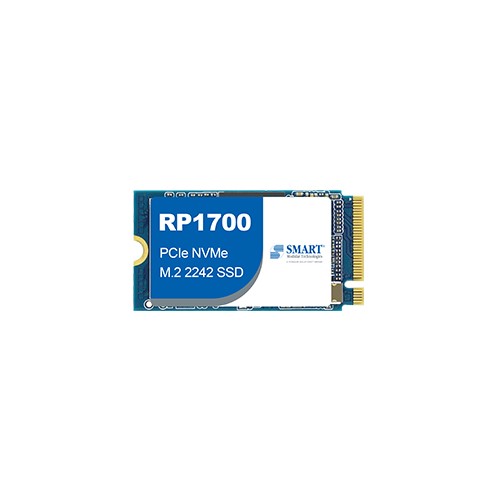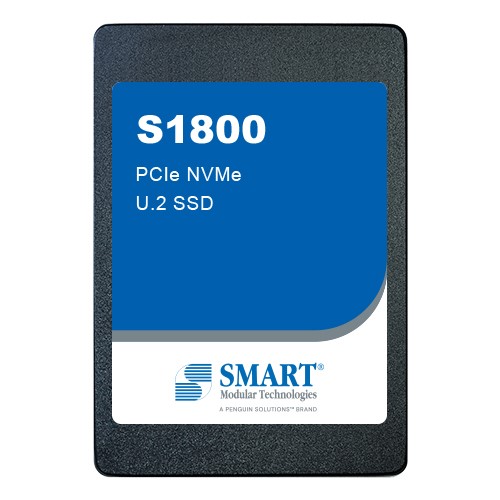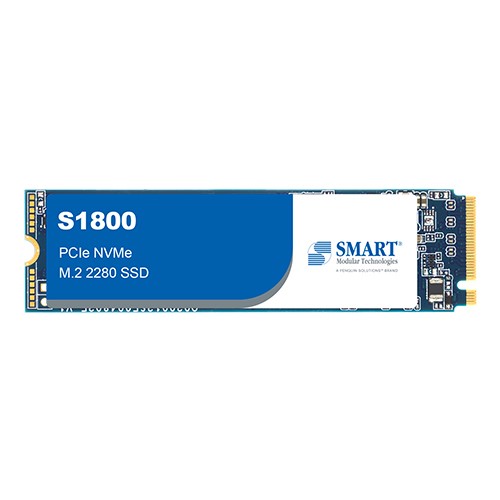Wear-Leveling refers to the practice of ensuring certain NAND blocks aren’t written and erased more often than others. By preventing the overuse of particular blocks which could lead to device failure or data loss, Wear-Leveling therefore improves the life expectancy and endurance of Flash products.
Why Wear-Leveling?
In the application of NAND Flash, there is a limitation of Program/Erase cycle (P/E cycle). When the P/E cycles of each block reach the maximum value, these blocks become non-workable. If certain blocks are overly written and erased, the P/E cycles of these blocks will be consumed rapidly, causing NAND Flash to fail early.
How Does It Work?
The principle of Wear-Leveling is to have all cells receive the same number writes in order to avoid consecutive P/E cycles on the same blocks. Wear-Leveling algorithm is typically managed by the Flash controller to determine which physical block to use each time data is programmed. The use of Wear-Leveling can enhance the reliability and the life of the storage device specifically for enterprise system applications.


